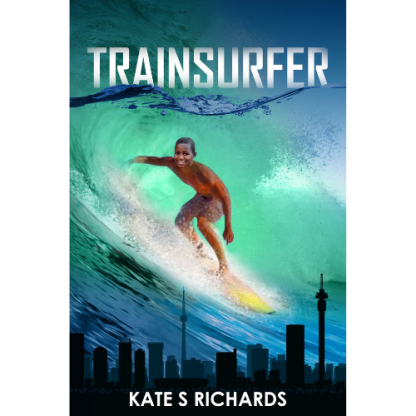Trainsurfer book review
/Written by Kate S Richards
Available from Kiwi Kids Read Kiwi Books
This book sang to my heart the moment I began reading it. Quite simply I could not put it down. Set in South Africa, it brought memories to the fore of my travels prior to Nelson Mandela’s election. The writer deals with several challenging universal themes including white privilege, conveying them in a gentle, easy to digest way. Some scenes are filled with tear jerking sadness, and are soothed by others of hope and joy.
The star of Trainsurfer is Jabu, an underprivileged boy who lives in a slum. The story begins with his mother’s death in a Johannesburg hospital in the 1980s, during a time when becoming an orphan in apartheid South Africa was particularly unsafe.
The story is action-packed, and quickly moves to Durban where Jabu forms a camaraderie with street kids and learns how to survive with no income. At a local beach he forms an unlikely friendship with a group of privileged white surfers. He meets Billie first, a girl with a huge heart and strong moral compass, and later her surfer friends, Josh and Kyle, the latter whom has a lot to learn. The characters forge strong bonds, confront their insecurities, and overcome racist views. Multiple threads make up this story, and all are satisfyingly sewn up by the end.
This novel includes a language glossary located at the front of the book. It lists South African slang and surfing jargon, and references Bantu, Zulu and Afrikaans languages. Although meaning is readily derived from the text, I enjoyed referring to it to discover deeper meaning.
Trainsurfer is a coming of age adventure tackling weighty issues, and is suitable for readers aged eleven plus. It’s also a must-read for anyone of any age who enjoys a jolly good yarn.
Highly recommended.









